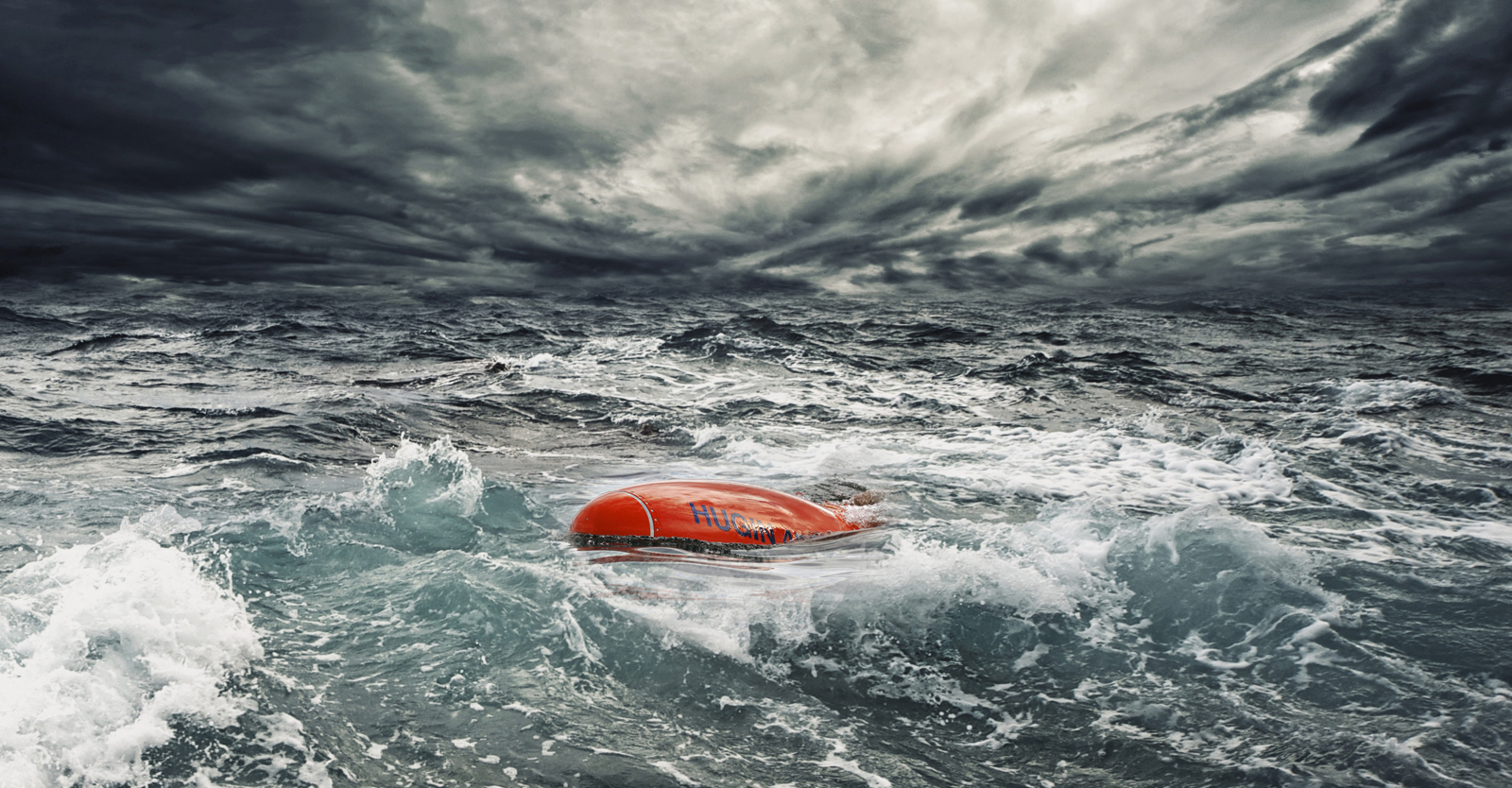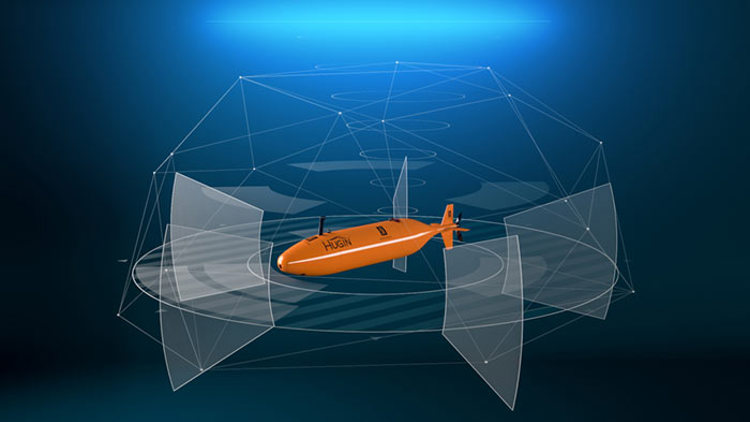
-
Text:OVE RONNY HARALDSEN
-
Ove Ronny HaraldsenGroup Communication Manager
- Recently I was reminded of an old rumour that has floated about the industry for many years. It concerns the ability of HUGIN to operate autonomously. There is a misconception that HUGIN AUVs only work if they are followed around with an expensive ship, says Richard Mills.
Kongsberg Maritime currently enjoys a world-leading position within autonomous subsea vessels. In 2008, KONGSBERG purchased the American company Hydroid which manufactures a series of vessels adapted for different sea depths (REMUS). HUGIN and REMUS are now part of one product family which provides both customer benefits and substantial exchange of technology and joint development
DESIGNED TO FOLLOW A MISSION PLAN
- No-one disputes HUGIN is the most successful commercial AUV ever built. They have covered almost 1,000,000 line kilometres of contracted commercial survey work. HUGINs can carry a class-leading suite of payload sensors, and operate them all concurrently. These sensors include synthetic aperture sonars, multibeam echosounders, sub-bottom profilers, cameras, lasers, sniffers and so on, Mills states.
HUGIN offer the ultimate in autonomous remote subsea survey capability. These free-swimming autonomous underwater vehicles are characterized by great maneuverability and high accuracy of stabilization. Hydrodynamic shape, accurate instruments and excellent battery capacity makes these AUV’s ideal choices.
- The data set produced by HUGIN is simply unrivalled and can be collected without any input or supervision from an operator. The vehicle is designed to follow a mission plan on its own. This was a key requirement from the outset and continues to be the way the vast majority of our defence customers use their vehicles.
WHY IS SUPERVISION IMPORTANT FOR DATA QUALITY?

The majority of commercial work that HUGINs perform requires a level of position accuracy that is unattainable by running autonomously. Even with a class-leading performance of 0.08% of distance travelled in a straight line for unaided navigation. Hence, the majority of commercial operators supervise their missions using a HiPAP positioning and communications system.
- During supervised work, the AUV is running autonomously. We simply augment its performance by sending a position update very regularly. This limits the error budget of the navigation system making the data position as accurate as possible. After all, beautiful data is worthless if you do not know where it is, Mills says.
In this configuration, KONGSBERG use a rule of thumb that real-time position accuracy will be approximately 1 metre for every 1000 metres of depth. Post-mission processing can bring that down further, making the data positioning the most accurate available today.
This level of supervision also provides other benefits. For example, real time sidescan imagery and bathymetry is transmitted to the operator for quality control purposes. Obviously, as there is an acoustic link, the operator also have access to vehicle status and the ability to change settings or send commands directly to the HUGIN via the same HiPAP link.
In the last few years some commercial operations have required a different approach. HUGINs have been used autonomously in very shallow water. For example, running in less than 30 metre depth surveying plastic pipelines utilizing our own pipe tracking capabilities. Autonomous commercial missions have also used Underwater Transponder Protocol (UTP) which is our version of single beacon, or sparse LBL, navigation.
- What is the Difference between Autonomy and Following a Mission Plan?
- Just because an AUV can follow a mission plan does not make it truly autonomous. In this mode the vehicle is simply adhering to a complex “if – then” decision tree. Every action is determined in advance, be it heading and speed, or aborting if something goes wrong, according to Mills.
Because Kongsberg Maritimes HUGIN autonomous underwater vehicles can function without tethers, cables, or remote control, they have a multitude of applications in oceanography, environmental monitoring, and underwater resource studies. A key element in the HUGIN concept is the application of a common technology that makes the systems adaptable for navy and commercial applications. KONGSBERGs modular design allows different payload configurations, depending on the customers needs.
- True autonomy comes from instinctively learning from the environment and changes around the vehicle. For example, we have demonstrated a HUGIN AUV equipped with in-mission autonomy that detected and classified mine-like objects. It then used this data to create a new mission plan to photograph the highest priority targets. This was completed without operator input, Richard Mills states.
CONCLUSION
- So when considering AUV performance, please remember that HUGINs are truly autonomous. To optimize their performance for very strict commercial requirements, it can be necessary to provide external position updates. This flexible capability makes the HUGIN AUV System the most capable in the world today.
Based on established capabilities, HUGIN AUV developments will be along:
- Enhanced operational autonomy, adaptivty and sustainability.
- Further improved navigation accuracy and flexibility.
- Extended endurance trough improved battery technology.
- More advanced sensors designed for AUVs and new vehicle functionality for inspection, maintenance and repair of subsea installations.


